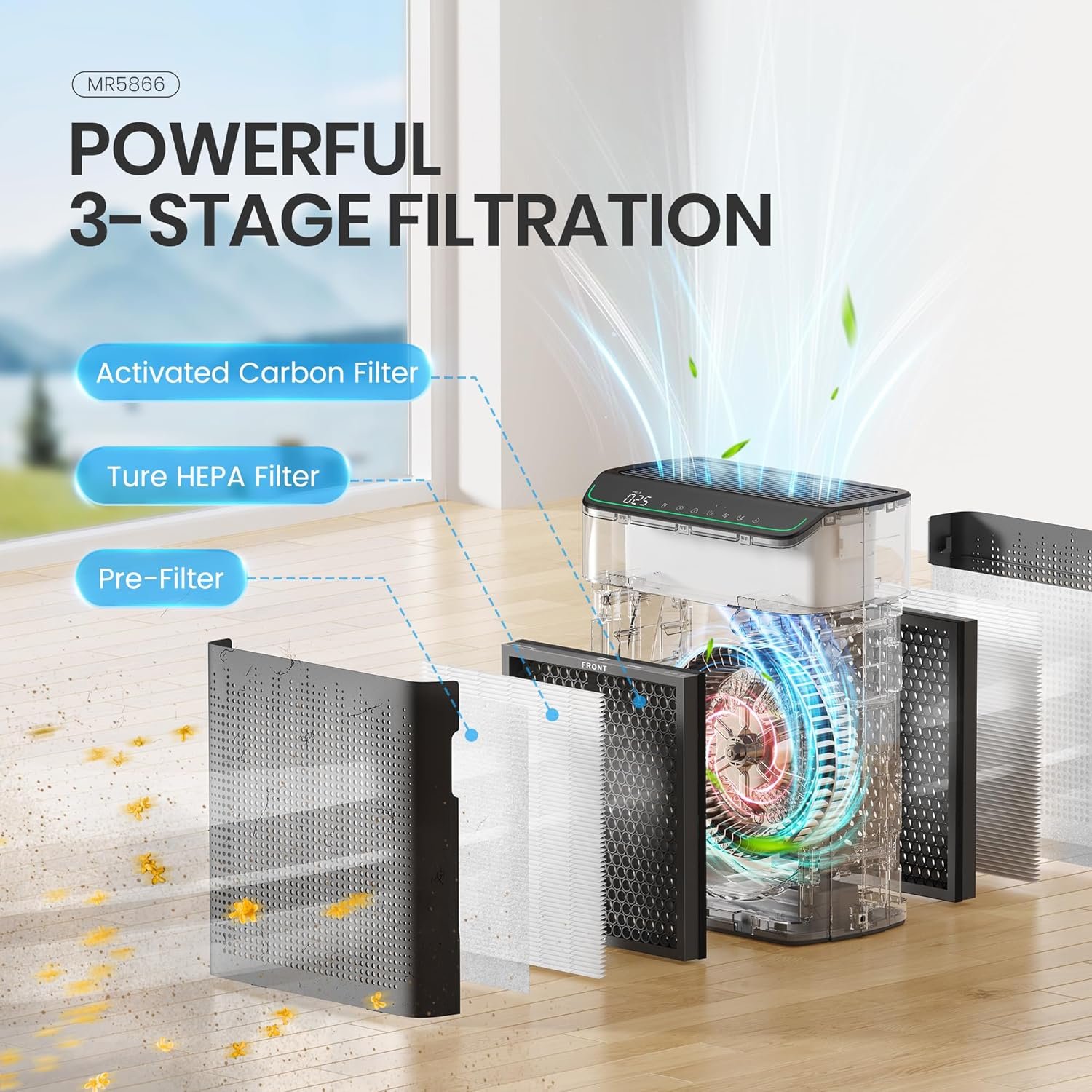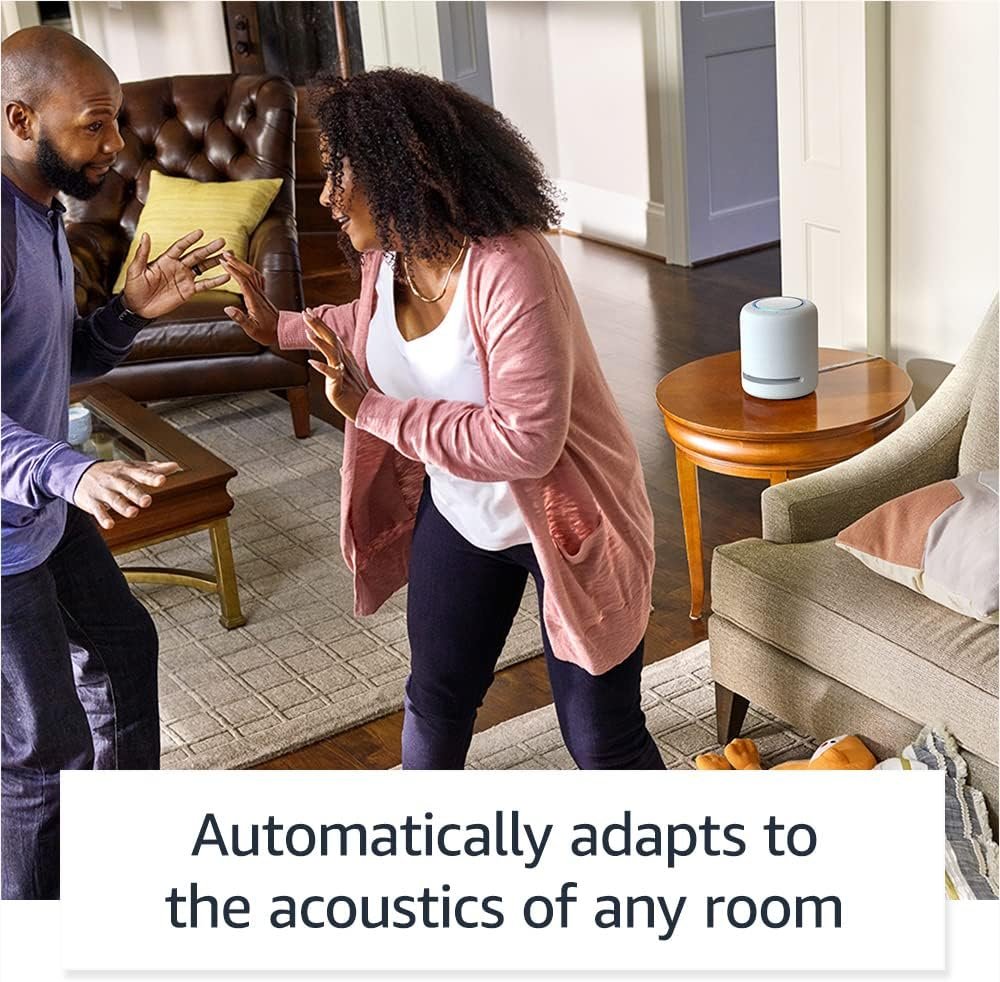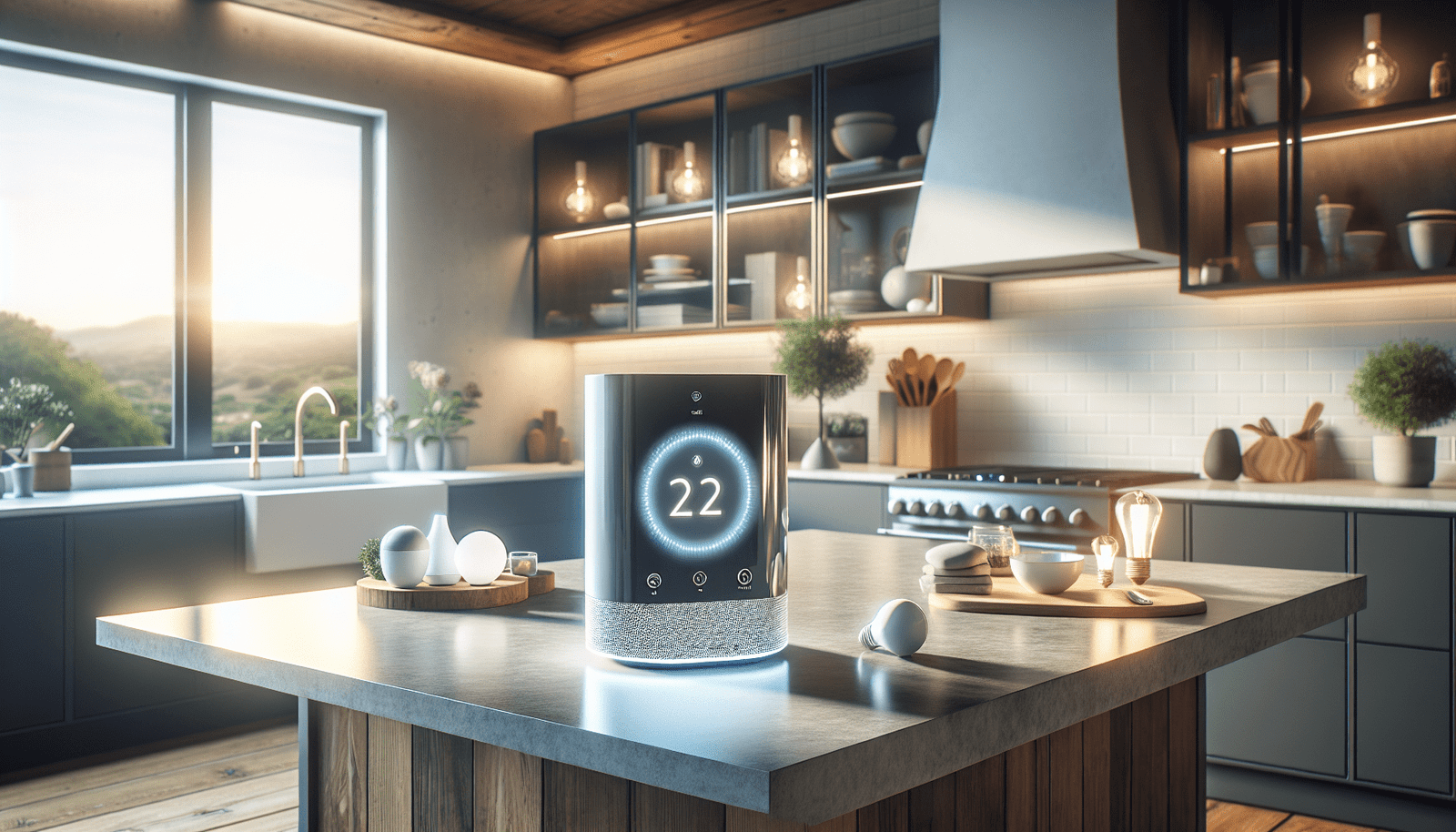Have you ever wondered how adding a touch of smart technology to your home could simplify your day-to-day tasks? Smart plugs might just be the perfect solution for you. These nifty devices can transform your regular appliances into smart ones, allowing you to control them remotely, automate their operation, and improve energy efficiency. In this article, we will explore the fascinating world of smart plugs, learning how they work, their benefits, and their future potential.
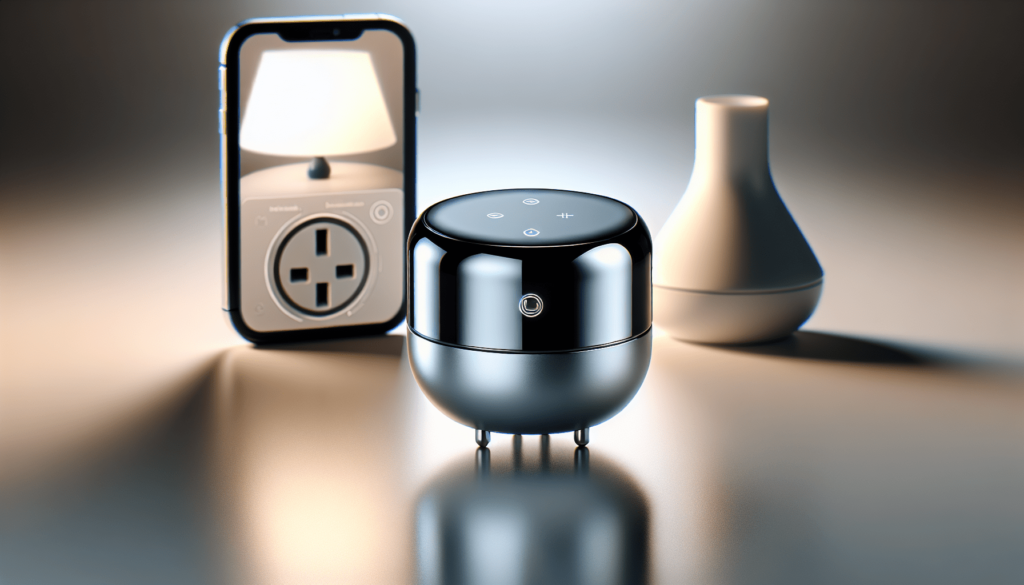
What Are Smart Plugs?
At their core, smart plugs are devices that insert into a standard electrical outlet, allowing you to control the power supply to any device plugged into them. These plugs are designed to integrate seamlessly into your home, providing simple smart technology capabilities without the need for a complete system overhaul. Imagine being able to turn off lights from your phone when you’ve already cozied up in bed or scheduling your coffee maker to start brewing moments before your alarm goes off. With smart plugs, these scenarios become possible and convenient.
Key Features of Smart Plugs
Understanding the features of smart plugs gives you insight into how they integrate with your everyday appliances. Here are some of the core characteristics:
-
Remote Control: Through a dedicated app, smart plugs allow you to turn your devices on or off from anywhere.
-
Scheduling: Set schedules for your devices, automating their on/off cycles to match your daily routines.
-
Voice Control: Many smart plugs are compatible with voice assistants like Amazon Alexa or Google Assistant, enabling hands-free control.
-
Energy Monitoring: Some smart plugs monitor energy consumption, providing insights into how much electricity each device uses.
-
Connectivity: Most smart plugs connect to your Wi-Fi network, ensuring easy integration into your home system.
By incorporating these functionalities, smart plugs offer a bridge to smart home ecosystems, enabling modern conveniences without hefty costs or complex installations.
How Do Smart Plugs Work?
The magic of smart plugs lies in their ability to control the flow of electricity. When a device is plugged into a smart plug, the plug can interrupt the power supply according to your commands. This is primarily achieved through the connectivity of these plugs to your Wi-Fi network and their synchronization with a mobile app or voice assistant, allowing you to send remote commands.
The Role of Wi-Fi in Smart Plugs
Wi-Fi connectivity is crucial for smart plugs to function. It acts as the communication medium between the plug and your controlling device, such as a smartphone. Once a smart plug is connected to Wi-Fi and paired with a compatible app, you can control it from virtually anywhere with an internet connection.
Integration with Smart Home Systems
Smart plugs can easily become a part of your smart home ecosystem. They are often compatible with various platforms like Amazon Alexa, Google Assistant, and Apple HomeKit. Through these systems, you can create scenes or routines that include multiple smart devices working together harmoniously, enhancing your smart home experience.
Benefits of Using Smart Plugs
Smart plugs offer numerous advantages that go beyond the basic remote control of devices. They enrich your lifestyle by introducing automation, convenience, and savings.
Convenience and Automation
By automating device operation, smart plugs offer unparalleled convenience. They allow you to have lights turned on before you arrive home, ensure your home is well-lit and safe, or easily set up a morning routine with your appliances ready to use at your convenience.
Energy Efficiency and Cost Savings
A significant benefit of smart plugs is their potential to save energy. By monitoring your devices’ power consumption and turning off devices not in use, smart plugs help reduce unnecessary electricity use, leading to lower energy bills.
Safety Enhancements
Smart plugs can enhance your home’s safety in several ways. Automating devices, like lights, can deter potential intruders by creating the impression that someone is home. Additionally, remotely turning off devices that may pose a fire risk if left powered, like an iron or a space heater, adds a layer of security.
Setting Up Your Smart Plugs
Setting up smart plugs is typically straightforward, even for beginners. Here’s a step-by-step guide to help you get started:
Step 1: Choose the Right Smart Plug
When selecting a smart plug, consider factors such as compatibility with your existing smart home system, the load capacity of the plug, and additional features like energy monitoring. Here’s a simple table to guide your choice:
| Feature | Importance |
|---|---|
| Compatibility | Ensure the smart plug works with your system (Alexa, Google Assistant, etc.) |
| Load Capacity | Check it matches the power needs of your device |
| Energy Monitoring | Helpful for energy-conscious users |
| App Usability | Choose a plug with an intuitive and reliable app |
Step 2: Connect to Wi-Fi
Plug the smart plug into a standard socket and follow the manufacturer’s instructions to connect it to your Wi-Fi network. This typically involves using a mobile app to pair the device.
Step 3: Pair with a Smart Home System
To utilize voice control and integration features, pair your smart plug with your smart home system. This step may involve enabling a skill or integration within your smart home app.
Step 4: Set Up Schedules and Automations
Using the plug’s app, set schedules or routines for your device. This step typically involves selecting times for the plug to power on or off, or creating complex routines with other smart devices in your home.
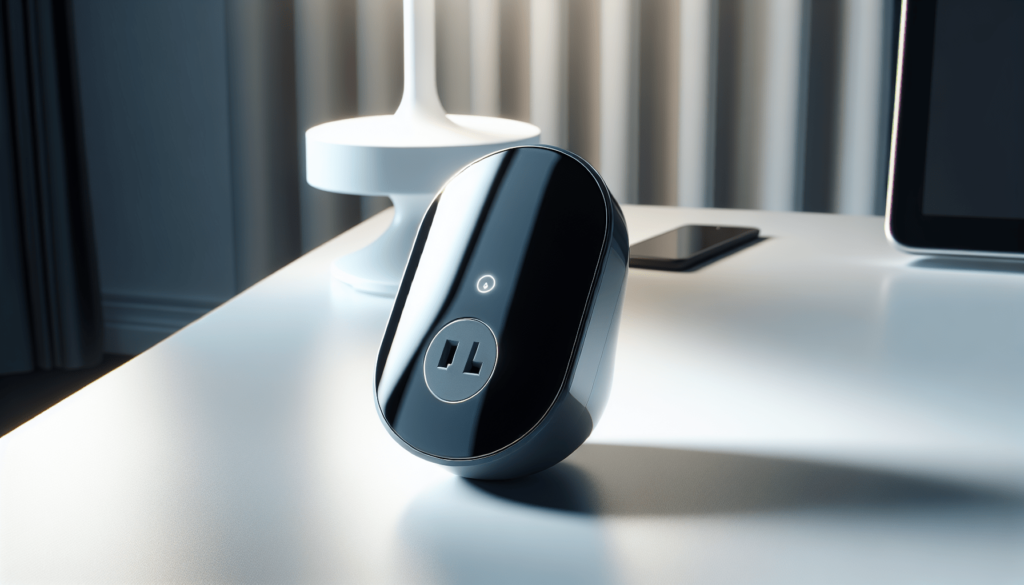
Troubleshooting Common Issues
Despite their ease of use, smart plugs can sometimes encounter connectivity or performance issues. Here are a few common problems and tips on how to resolve them:
Connectivity Problems
If your smart plug frequently disconnects from Wi-Fi, consider the following solutions:
- Reboot Your Router: Sometimes, a simple router reset can solve connectivity issues.
- Positioning: Ensure the plug is within the range of your Wi-Fi signal.
- Network Congestion: Consider limiting the number of devices connected to your network or upgrading your router.
Voice Control Issues
If your smart plug isn’t responding to voice commands, check these steps:
- Check Integration: Make sure the smart plug is properly linked to your voice assistant.
- Update Software: Ensure both the plug’s app and your smart assistant app are up to date.
- Verify Commands: Make sure you’re using the correct commands; sometimes a subtlety in phrasing can make a difference.
Smart Plugs vs. Traditional Plugs and Smart Switches
To fully grasp the potential of smart plugs, it’s important to understand how they differ from traditional plugs and smart switches.
Traditional Plugs
Unlike smart plugs, traditional plugs simply supply power when connected, without the ability to control or automate their operation. Smart plugs introduce automation and remote control, vastly enhancing their functionality.
Smart Switches
Unlike plugs, smart switches replace traditional wall switches, controlling power at the source rather than the individual device. This can allow for broader control, such as managing an entire room’s lighting, but requires light fixtures to be hardwired into the switch. Smart plugs, however, offer flexibility as portable devices that can be used with any appliance.
Choosing the Best Smart Plug for Your Needs
Finding the right smart plug depends on your specific requirements and smart home setup. Here are a few factors to consider:
Compatibility with Existing Devices
Ensure the smart plug works with your home’s Wi-Fi network and is compatible with your existing smart home ecosystem for seamless integration.
Advanced Features
If energy monitoring or additional environmental sensors like temperature or humidity are helpful for your lifestyle, choose a smart plug that includes these capabilities.
Budget and Brand Reliability
While budget is always a consideration, investing in a reputable brand can prevent potential issues in the long term. Look for reviews and brand evaluations to guide your decision.
Future Trends and Innovations in Smart Plug Technology
The smart plug market is continuously evolving, with emerging trends bringing new functionalities:
Enhanced Automation and AI
Expect smart plugs to become more intelligent, using AI to adapt to your habits and optimize energy savings and convenience automatically.
Improved Energy Monitoring
Future plugs may provide even more detailed insights into energy use, helping you to identify patterns and further reduce consumption.
Expanded Device Compatibility
As smart technology becomes more widespread, expect smart plugs to support a broader range of devices and systems, creating even more integrated smart home environments.
In conclusion, smart plugs are small yet powerful devices that can significantly enhance your home’s efficiency, convenience, and security. Whether you are new to smart home technology or an experienced tech enthusiast, these versatile tools provide an accessible entry point into the world of automation, offering myriad benefits for every type of user.
Disclosure: As an Amazon Associate, I earn from qualifying purchases.


